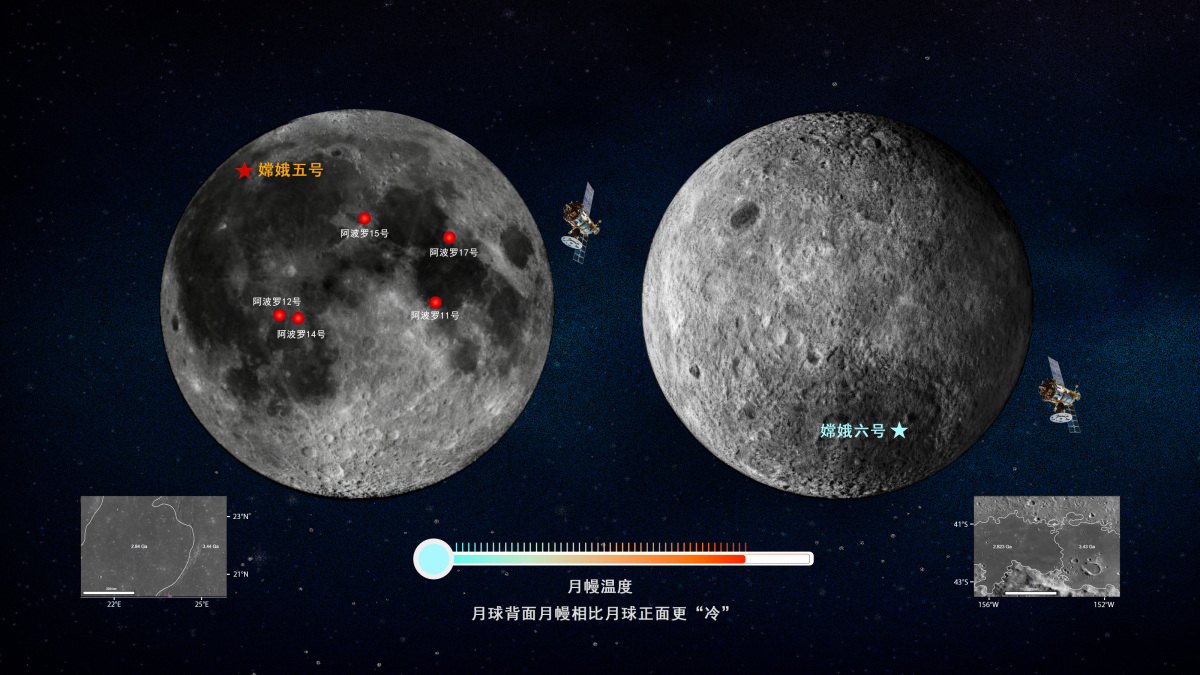
The lunar farside mantle is relatively colder than the nearside mantle, Chinese scientists have, for the first time, discovered based on samples collected from the lunar far side by China's Chang'e 6 mission, China National Space Administration (CNSA) and China Atomic Energy Authority jointly released on Monday (Oct. 6), which marks the traditional Chinese Mid-Autumn Festival (a traditional Chinese holiday that originates from worship of the moon).

The latest research findings provided critical scientific data that deepen humanity's understanding of the dual nature of the moon and its evolutionary processes.
The finding that the moon's farside mantle is "colder" than the near side was a collaborative effort by the Beijing Research Institute of Uranium Geology under the China National Nuclear Corp, Peking University, and Shandong University. The results have been published on the website of the prestigious international journal Nature.
Their findings revealed that the crystallization temperature of the Chang'e 6 basalt samples is approximately 1,100 °C, about 100 °C lower than those samples from the near side, such as those from Chang'e 5. This study provides rock-based and geochemical evidence for the temperature differences between the mantles of the moon's near and far sides.
(Source: China Daily)
Related News:
CHINESE STORIES reveals the secret inside mooncakes: A taste of Chinese culture in every bite
Discover exciting Mid-Autumn Festivities in HK: Ultimate guide




















Comment